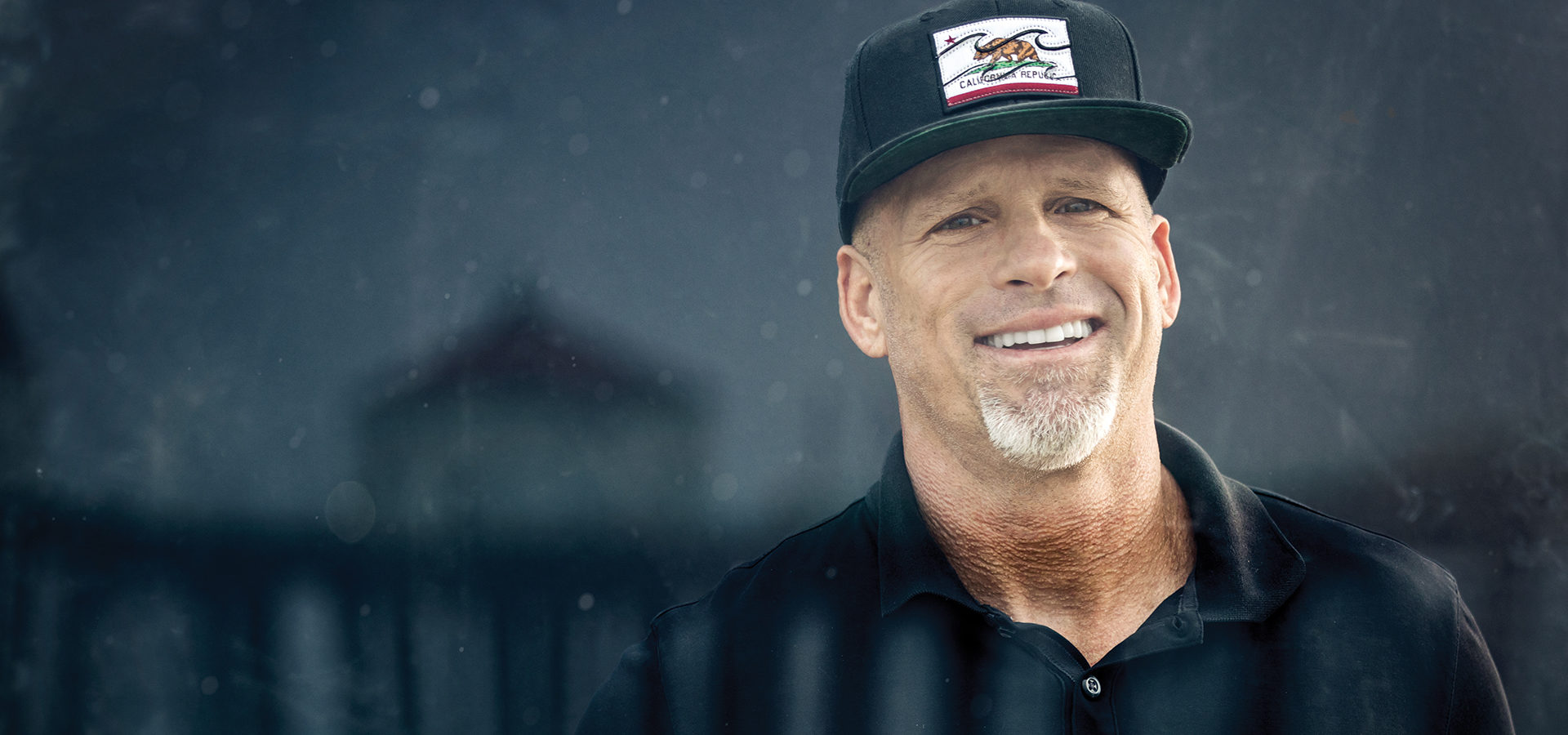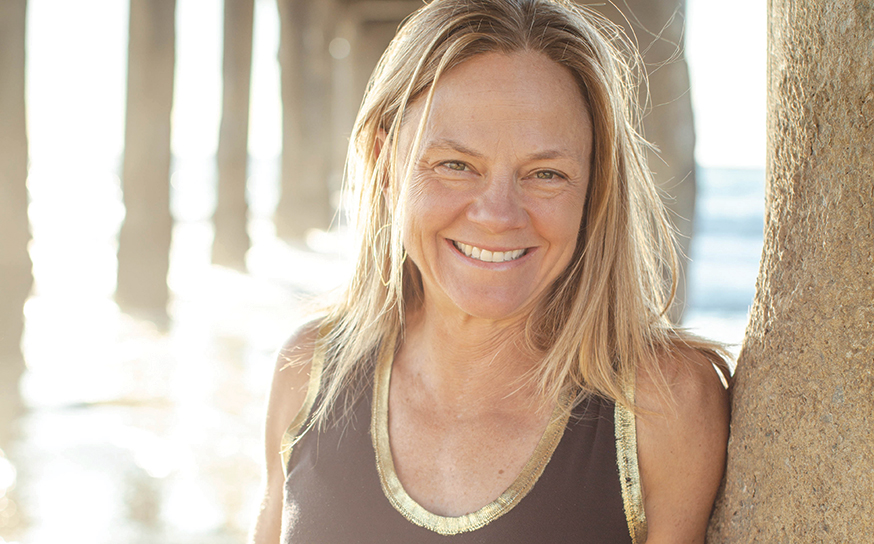Commercial Photographer Ken Pagliaro Takes Us on a Global Journey Through His Work
The long way home.
- CategoryPeople
- Written byTanya Monaghan
- Photographed byJeff Berting & Ken Pagliaro
Ken Pagliaro’s undeniable talent is augmented by his ability to deeply connect with his subjects and surroundings. It is anchored by an empathy borne from personal hardship while growing up. His early struggles in life helped him appreciate the beauty in each moment, which transforms his images from pictures to inspiring stories.
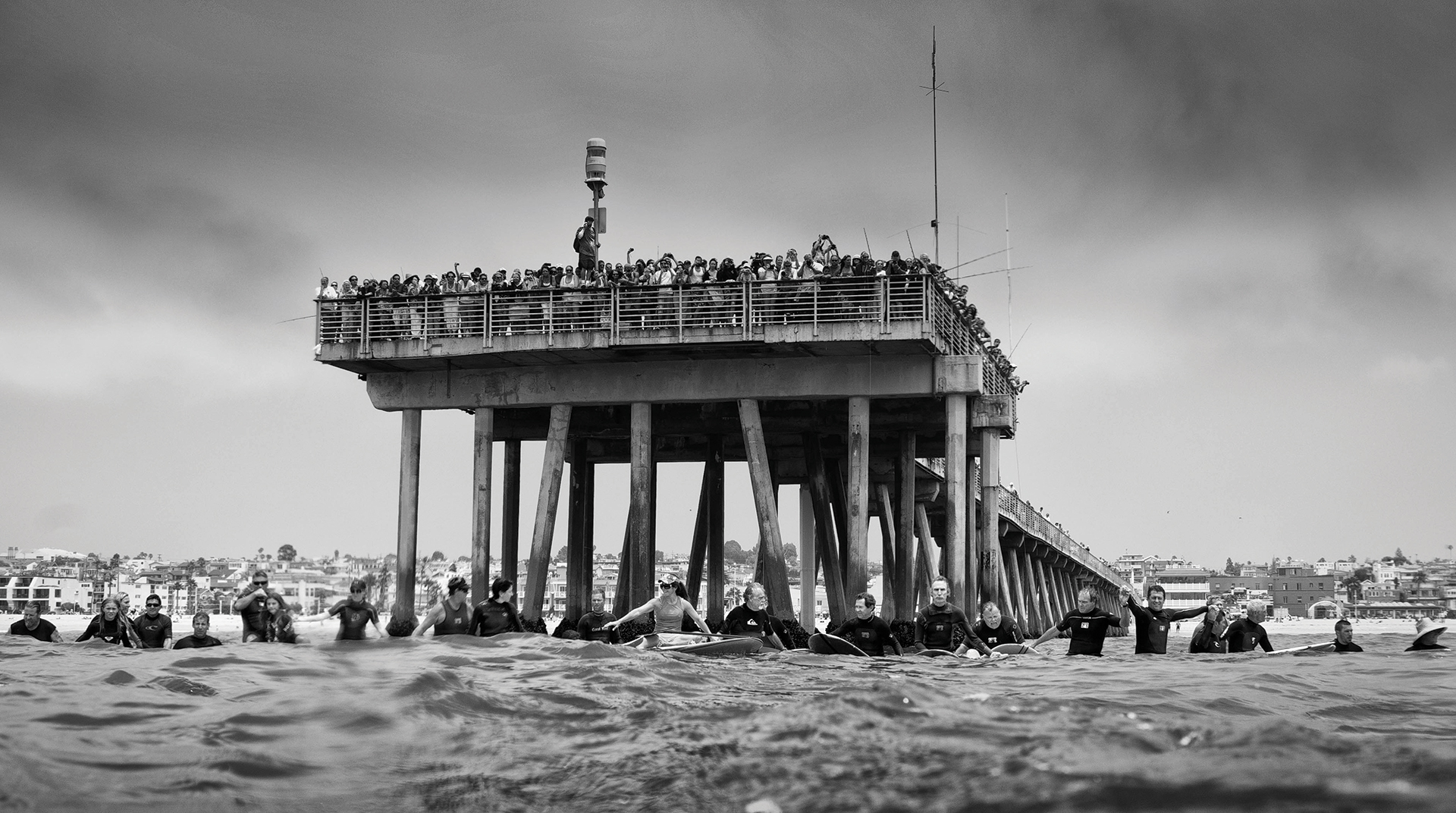
Ken was born far from the South Bay in the small city of Trenton, New Jersey. Life wasn’t easy for him growing up. His parents divorced when he was 6 years old, which began a period of turmoil. “It was a very volatile time,” he shares. “I was experiencing a lot of emotions that I didn’t know how to process. There was a lot of stuff I wished I hadn’t witnessed at such a young age.”
Ken is one of three children, bookended by two sisters. When his parents split, his dad bought a horse farm in the country. His mom, who was just scraping by, had to rely on relatives to house herself and the kids. She has 10 brothers and sisters, so the family bounced around living with relatives for well over a year.
Thankfully, they all lived close to one another, but it was difficult and Ken hated watching his mother struggle. It was also hard for him to move around to different schools.
“I had a lot of anxiety at a young age because I was always afraid of going to new schools, knowing that I couldn’t rely on my parents for support,” he says. “It was just a weird way to start out my formative years.” Luckily, he and his siblings had each other and were very protective and supportive.
Ken lived with his mom in the city during the week. Life there could be brutal, and Ken was often bullied and attacked. “I would just be walking to class and someone would punch me in the face,” he remembers of the tensions between the neighborhoods.
After school one day, Ken was beaten badly. Like a scene from Goodfellas, he walked back to his neighborhood crying and covered in blood. Thankfully, traumatic experiences like these made him more empathetic.
“This is what some people have been experiencing daily for a long, long time,” he says. “It was very powerful to have that epiphany and not be angry.”
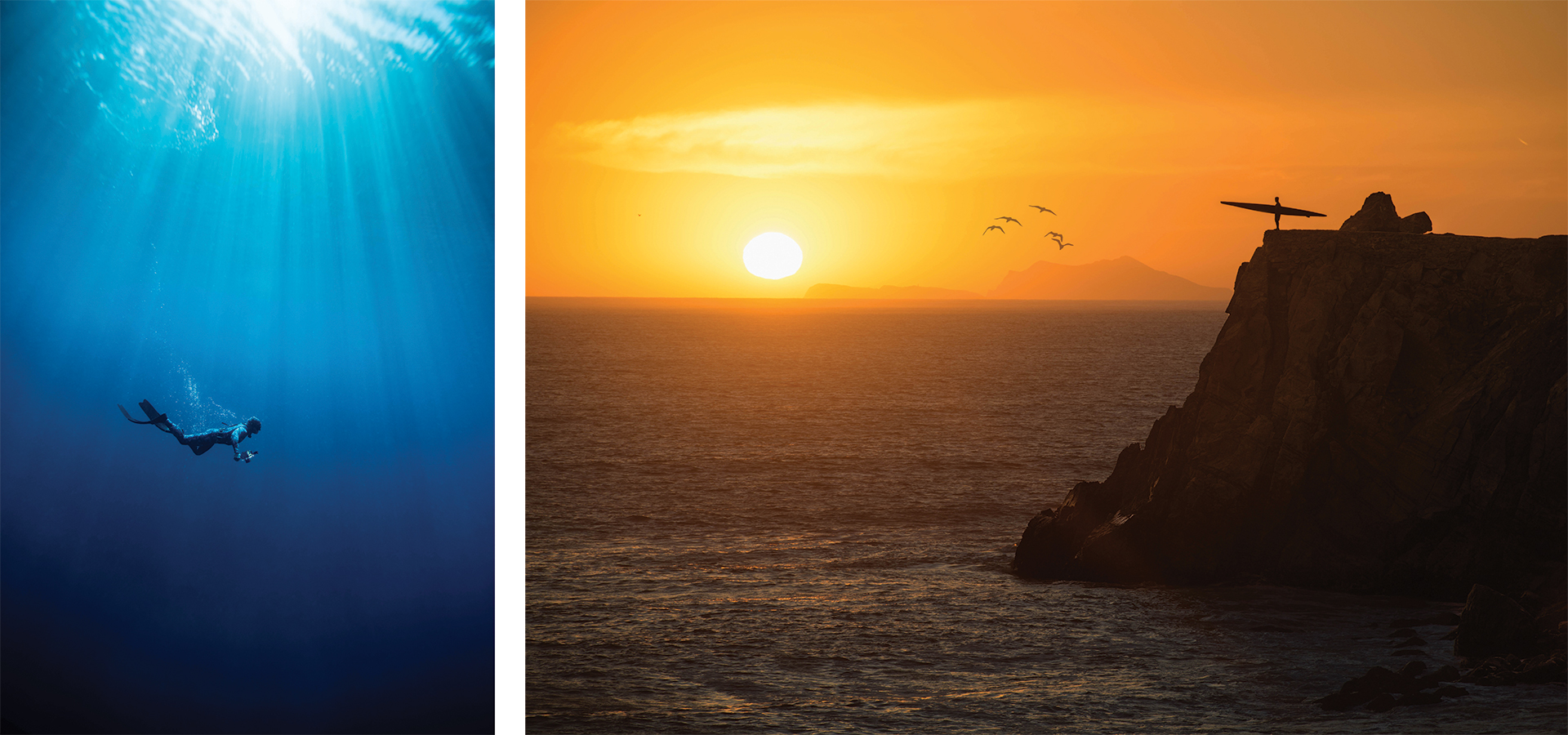
Ken had somewhat of a dual childhood experience. Although his parents only lived 30 minutes apart, their worlds were completely different. Ken lived with his mom and went to school during the week in the city, and then spent time at his dad’s horse farm on the weekends—training, racing and taking care of horses. He learned to be street smart as well as appreciate country life.
“I had my friends in the city and my farm friends on the weekends,” Ken shares. “I learned how to hunt and fish and use my hands to build things. My dad and grandfather are very handy. I’m so grateful they taught me all of that.”
When Ken was 16, he moved in with his dad because city life was proving to be too hectic. Though protective of his mother, he needed a male figure in his life. Being out of the city and living in an outdoor environment was good for him and allowed him to breathe more easily. Though the farm life suited Ken, there was still something missing.
“The funny thing is, even as a young kid I always had my sights on California,” he says. “I would read the surf magazines, and I was the only kid who skateboarded in my neighborhood.”
Ken started surfing at the age of 17. His cousin gave him his first surfboard, but it just hung in his room until years later. Ken’s dad was in the Navy, so Ken grew up on boats and around the water.
“I spent a lot of time at the beach,” he shares. “As long as I can remember—even in the city—my friends would tell me I didn’t belong there. I always felt like my energy and my way of being was lost.”
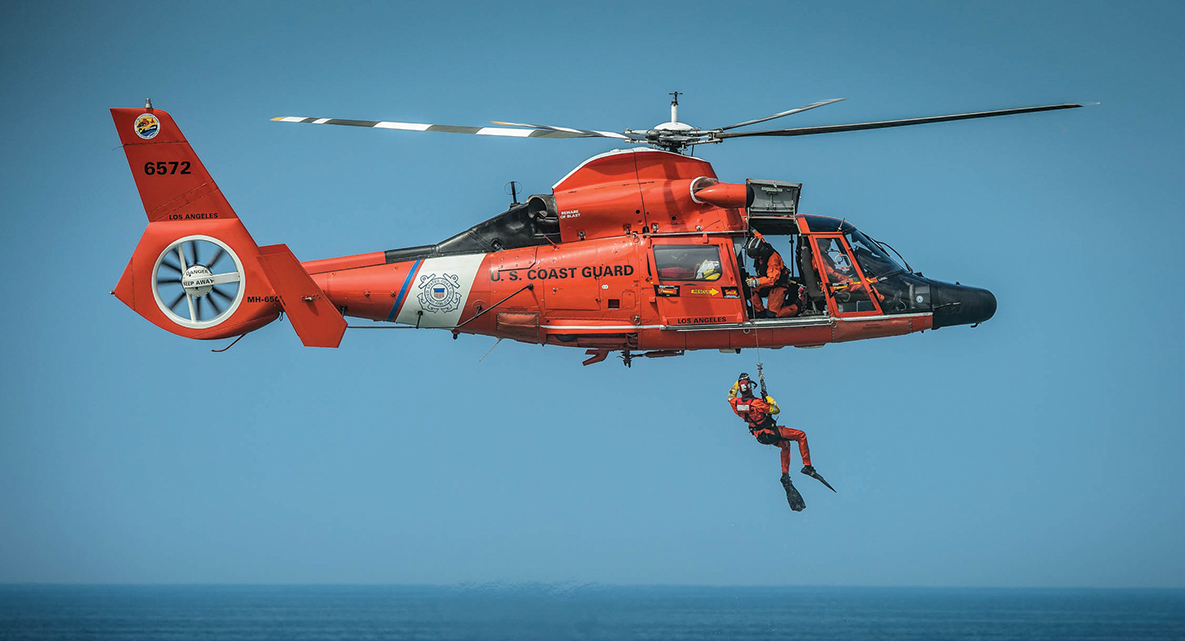
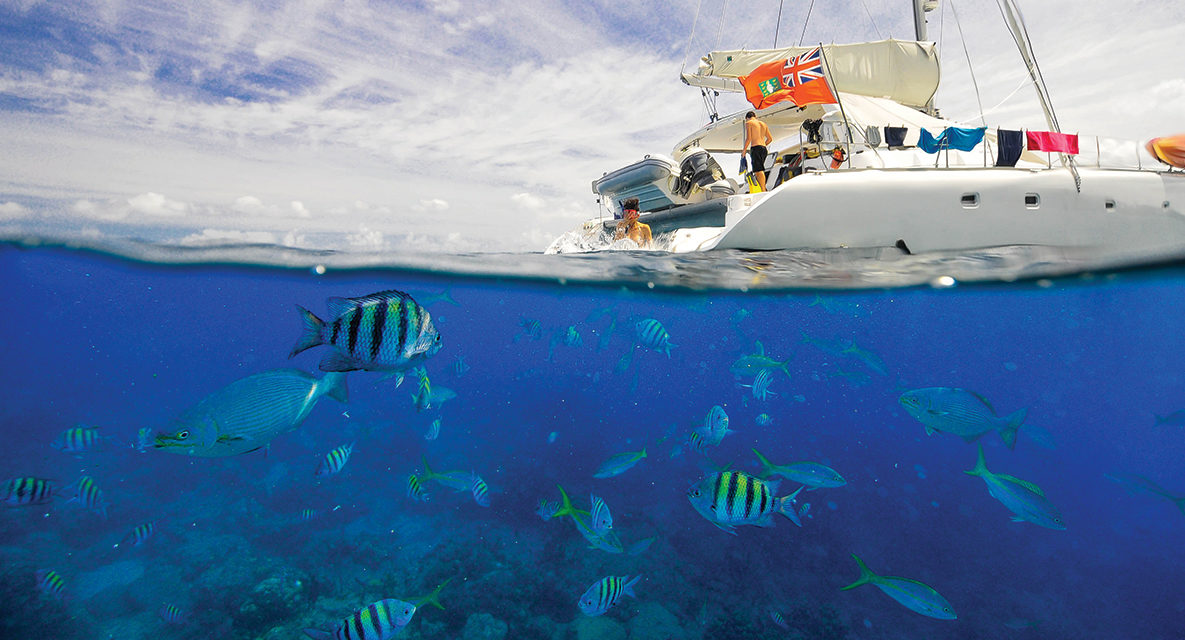
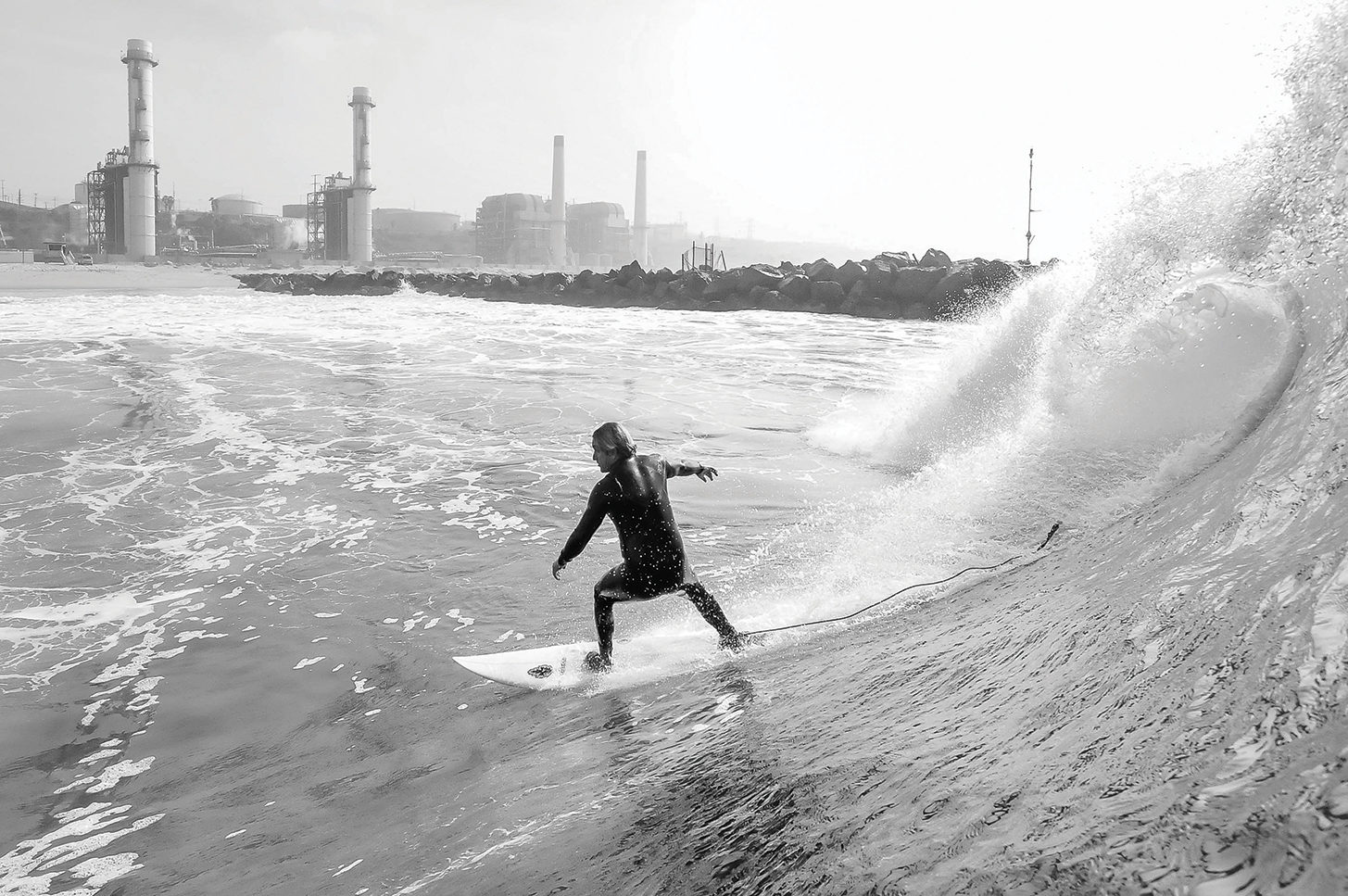
Ken was also creative. He drew constantly—his mode of creativity at the time. He expressed an early interest in architecture, attending high school for the first half of the day and then vocational school for drafting the second half. He did well, and as top of his class he managed to get a job in an architect’s office.
At first he loved it, yet soon he realized that he loved the creativity but not the engineering aspects. He moved into home construction, using many of the handy skills he had learned from his dad.
It was on the construction site that he began a flirtation with photography. He’d bring a disposable camera with him to work, documenting the process of building as well as the crew’s shenanigans. One of the crew members asked if he could help him build a roof for his own house, and in lieu of payment he gave Ken his first SLR camera.
“I have one of the first photos that I’d taken on this camera, and I have it stuck on my refrigerator to remind me of it,” Ken says. “I thought that was the coolest thing.”
He became so taken with photography that he decided to take a class at a community college. After the first class, he was hooked. In his mid-20s, while still focusing on photography, Ken met his wife, Christine. She was working at Merrill Lynch and would fly to Los Angeles for work once a month.
The newly married couple bought a house in New Jersey, and Ken remodeled the house by himself. It was the home he always dreamed of having when he was a kid. Just after it was fully remodeled, however, his wife’s company asked her to relocate to California. Ken was hesitant, but when he visited the place Christine had in mind for them—Manhattan Beach—he instantly felt at home.
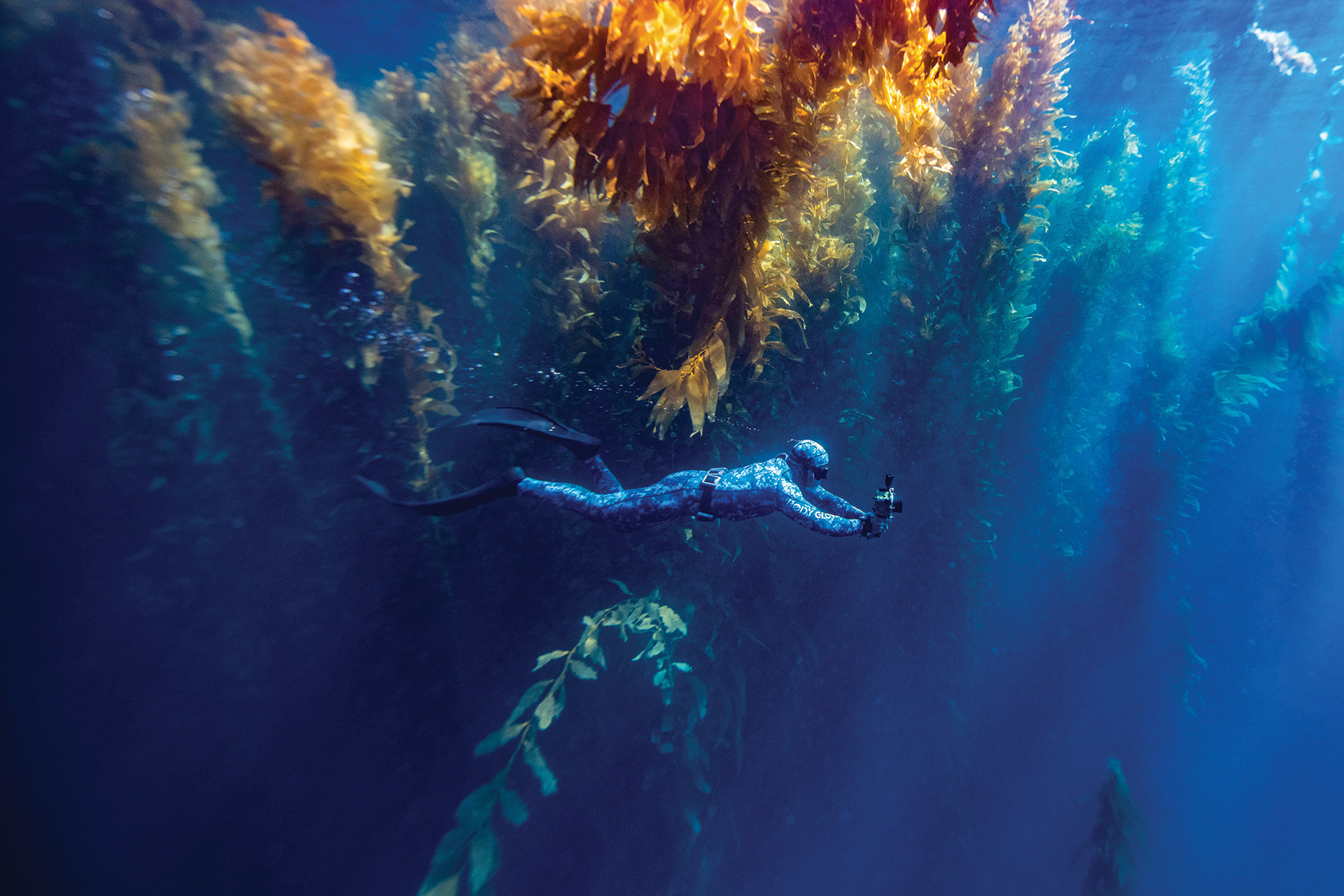
They settled into their life in California, and Ken enrolled in the renowned ArtCenter in Pasadena to further pursue his love of photography. He took every night class available and worked at a photo lab in Larchmont Village, near Paramount Pictures. There Ken met several celebrities as they dropped off their film, including Harrison Ford and Jamie Lee Curtis. This level of accessibility helped him muster the courage to ask if he could photograph them; he was amazed when a few agreed.
“Water is one of my favorite subjects. It’s the most beautiful thing to me, and I never get bored of it.”
Soon after, Ken realized that the digital age was quickly taking over the photography world and adapted by teaching himself Photoshop and offering retouching services. When the store owner closed up shop, Ken was finally ready to proclaim himself a photographer.
When Ken and Christine split up, he found his photography helpful and began shooting anything he could. He met many good people through that process, some of whom mentored him. Cynthia Smalley, an acclaimed professional photographer focusing on portraits and headshots, was a key influence. “She really taught me how to direct and connect with people, to help them feel comfortable,” he explains.
Steve Fredriksz, another Manhattan Beach local and friend, helped push Ken forward—inviting him to join a Coors Light shoot in Alaska. Ken’s images of the Coast Guard helicopters on that shoot, which Steve shared with Chevy, helped him land a job with the company. He was there for the next six years.



Ken’s prolific work can now be seen on national TV, print ads and billboards for clients like Chevrolet, Patagonia, Target, Coors, Nikon, Vans, Alcon, Bausch + Lomb, Merrill Lynch, Morgan Stanley and many more. His portfolio extends to published images in magazines, news journals and books.
His sense of adventure has taken him to Central America, New Zealand, Hong Kong, Europe and across the U.S., including Alaska and Hawaii. Ken has established a strong client base in the entertainment world, and he is a veteran on the red carpet for the Academy Awards and music events like iHeart Radio Awards, Kids’ Choice Awards, BET and Soul Train Awards.
His most recent artistic project was showcased at the prestigious ART1307 gallery in Naples, Italy, a collaborative installation from artists featured in the film MANA. Ken, who stars in the film with nine other artists, was the only photographer featured in the art documentary profiling his influence on southern California’s surf culture.
Ken’s love of the ocean and surfing has added a depth to his work. And it’s the authentic connection he has with people that sets his work apart. He is down-to-earth and patient, which allows him to capture more than just an image. He gets the real moment. The empathy he learned the hard way as a kid helps his images tell the story at a deeper level.
Throughout all his travels and high points, some of Ken’s most joyful moments are the simple ones—like returning home to Manhattan Beach. Twenty years later, it still feels more like home to him than any other place.
“Whenever I come back here and lay my eyes on the water for the first time, there’s a calmness and a peace that just enters my body,” he says. “I have met some of the best friends in the world here, and most of them live on my street. They have become like family to me. It just feels like home.”
Ken laughs that the neighborhood kids (some of which are his godchildren) all call him Uncle Kenny. Almost on cue, a kid passing by shouts, “Hi, Uncle Kenny!” Ken looks up, smiling with his wide-open grin, and waves back.
Southbay ‘s Annual Spring Style Guide Has the Latest Fashion Trends, Jewelry, Home Goods and Gifts!
Shop local and support our amazing businesses.






